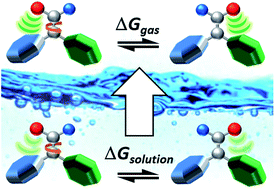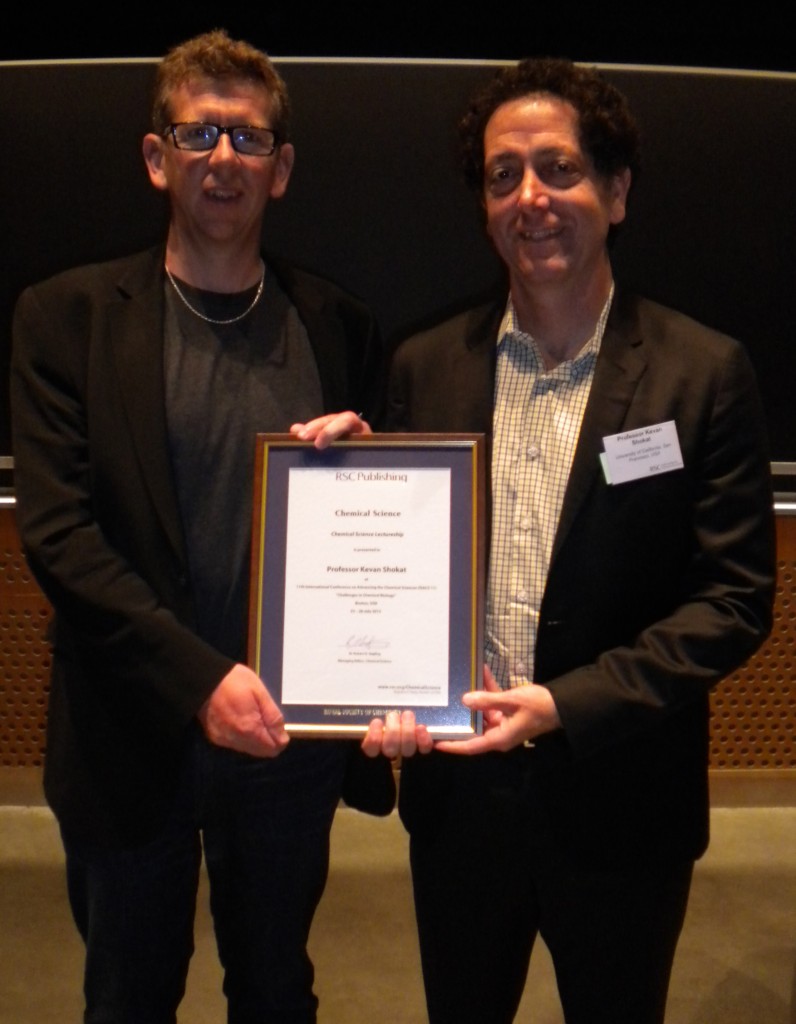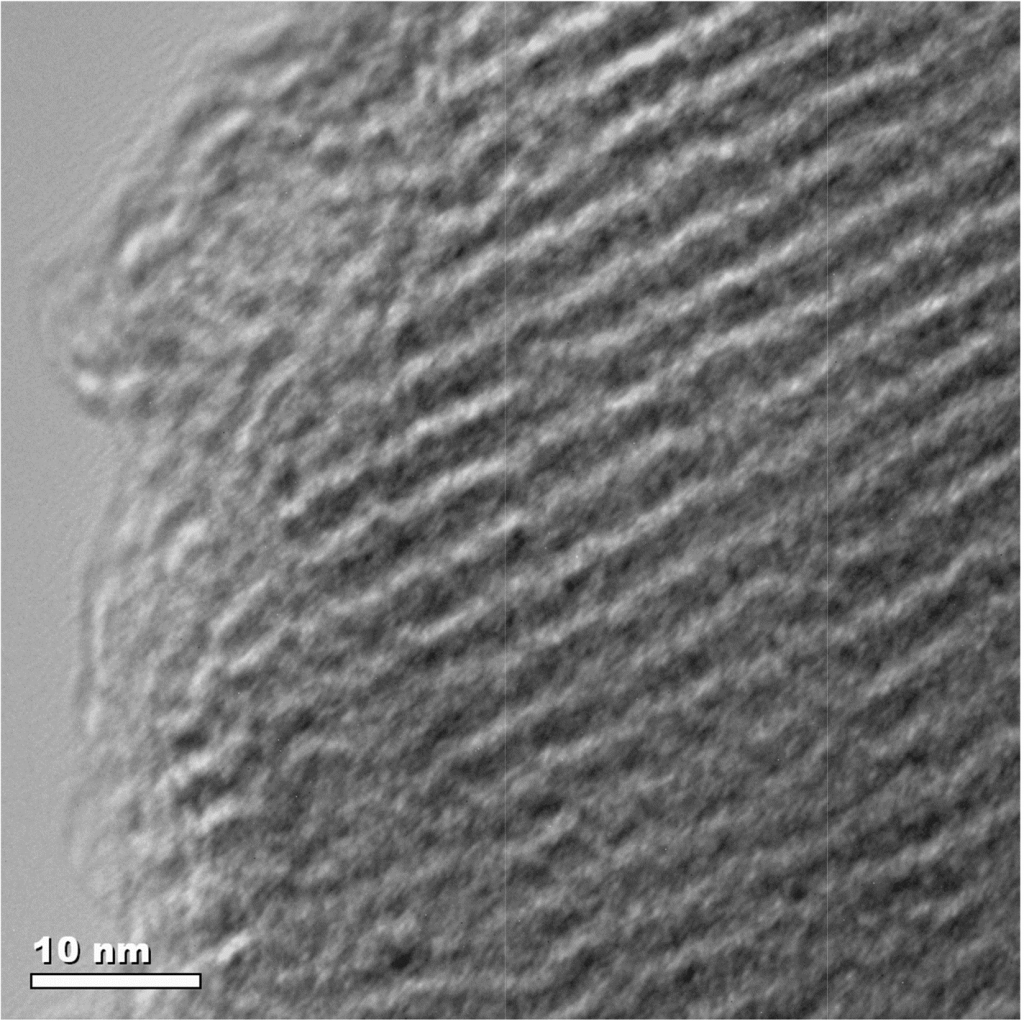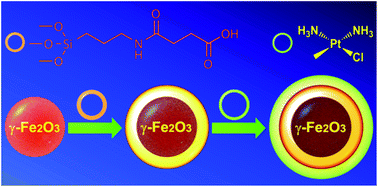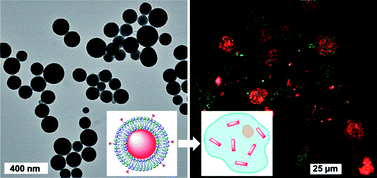After seven years of work, a team of chemists based in four labs across the globe has successfully prepared a cocrystal previously believed to be unobtainable.
Cocrystals are crystalline materials composed of two or more molecules held together within the same crystal lattice. Cocrystallisation is significant in the pharmaceutical industry, where drug molecules are screened for cocrystal formation in order to improve their solubility, stability and bioavailability. This has the added advantage of increasing the number of crystal forms that can be considered for drug formulation while simultaneously maximising patent protection.
Despite a computational study suggesting a stable cocrystal should form between caffeine and benzoic acid, all previous attempts over the last 60 years have failed. ‘When a cocrystal doesn’t form, we like to understand why that is – patients could miss out on better medical treatment if we miss out on crystal forms,’ says Dejan-Krešimir Bučar at the University of Cambridge in the UK, who led the study. ‘We hypothesised that a kinetic barrier hindered cocrystal formation, so our idea was to add a molecular species similar to that found in the nucleus of the caffeine·benzoic acid cocrystal as a seed to facilitate crystallisation.

Read the full article in Chemistry World»
Read the original journal article in Chemical Science:
The curious case of (caffeine)⋅(benzoic acid): How heteronuclear seeding allowed the formation of an elusive cocrystal
Dejan-Kresimir Bucar, Graeme Matthew Day, Ivan Halasz, Geoff G. Z. Zhang, John R. G. Sander, David G Reid, Leonard R. G. MacGillivray, M J Duer and William Jones
Chem. Sci., 2013, Accepted Manuscript, DOI: 10.1039/C3SC51419F















